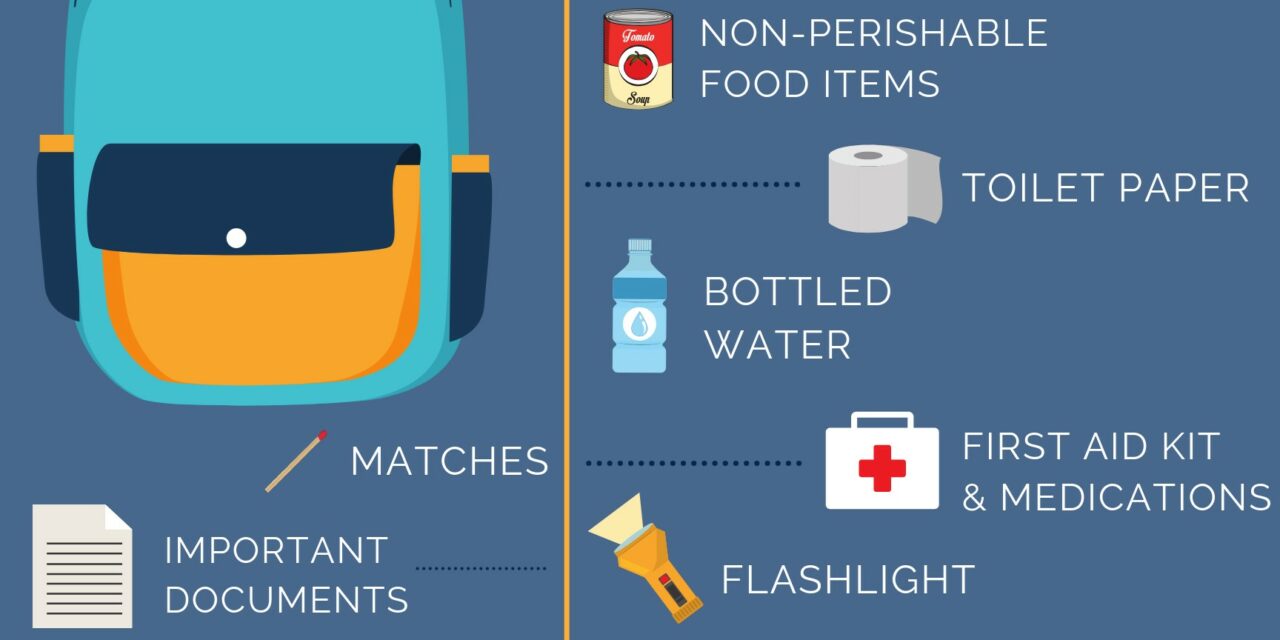Information and skills are your best resources in any emergency, but it also helps to have the right tools and supplies. A well-stocked emergency kit can help you control a situation and stay safe and (relatively) comfortable until help arrives or conditions return to normal.
BASIC PRINCIPLES
A good emergency kit is:
Familiar. Buying a tool is only the start of being prepared to use it. For example (and we’re not admitting this is personal experience talking!), a 9:00 p.m. power outage isn’t the best time to read the instructions on the new kerosene heater you’ve never fueled or used before. Practice with everything in your emergency kit before you need it in a real event.
Simple. Studies consistently show that stress reduces our ability to read instructions and perform complex tasks. According to this study of cognitive function under stress, our reading comprehension drops by an average of four grade levels in an emergency. Equipment that’s complex to operate won’t do you much good when adrenaline “turns your hands to mittens.”
Portable. If you have to leave your home or workplace, it’s best to be able to bring along your most critical records and supplies – whether you’re in your car, on foot, or on a truck or bus for a mass evacuation. Select a sturdy container that’s easy to move by yourself. Keep its contents light enough to carry easily.
Fresh. Fortunately, emergencies are rare enough that most of us don’t have to use our kits often. The down side of this is that some consumables can go bad over time if we don’t use them up. Periodically check your kit to ensure the freshness of your water, food, and medication. Also check the expiration dates on batteries, glowsticks, fuel, and other forms of stored chemical energy.
CONTENTS
The military says, “mission drives equipment” – meaning that the tasks you want to accomplish will determine the gear you select. The same holds true for disaster preparedness. A kit’s contents are dictated by the circumstances in which you expect to use it. This can include both the location and the type of emergency.
Having said that, some tools and supplies are so vital that we wouldn’t consider any emergency kit complete without them. These include:
- Water in sealed containers – hydration is critical in any emergency.
- Food you can prepare without electricity – don’t neglect basic sustenance, especially if you’re expending lots of calories to stay warm, make repairs, or clear debris.
- First aid kit – along with the training to use everything in it.
- Spare medications, both prescription and over-the-counter.
- Emergency radio – preferably one that runs off batteries and/or a hand crank, and that receives AM, FM, and NOAA weather radio channels.
- Flashlight or headlamp with extra batteries.
- Reserve cash – for ensuring you can make emergency purchases when credit card systems and ATMs are down.
Beyond these essentials, the following pages contain lists of recommended tools and supplies for specific types of kits:
Home kits
Vehicle kits
Pet kits
College dorm kits
(From our BeReady Lexington site)





